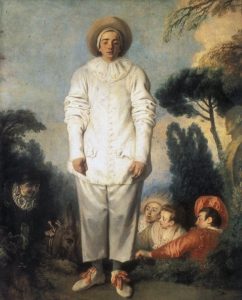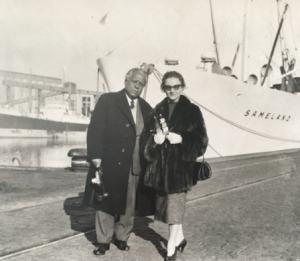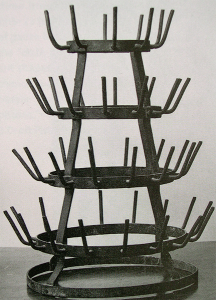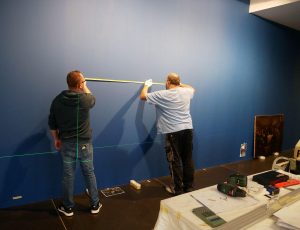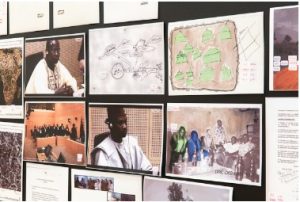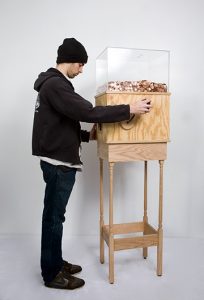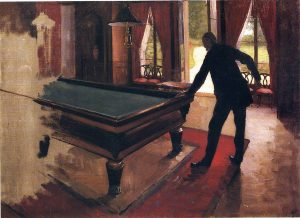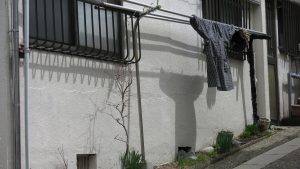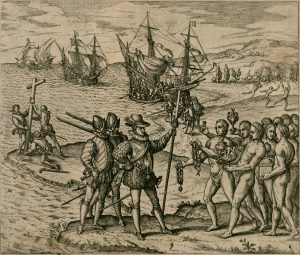Artworks are part of a long history that speaks not only of art but also of many other things. Marika Takanishi Knowles, a specialist of the Pierrot of the Comédie italienne, offers here her reflections on the character painted by Watteau, held (and recently restored) at the Louvre. Inspired by parisian fairs, the painter’s ...
Arts & Sociétés
Letter of Seminar
Non classé
-
-
# 132 | Psycho-Politics Of Public Space: The Investigations Of Lea Lublin (1929-1999) | Hélène Gheysens
Take the floor! The floor is yours!”: in the second half of the 1970’s, Lea Lublin opened to all the possibility to speak freely about the nature of art. Hélène Gheysens recontextualizes this project – but also Lublin’s career - within a wider social, political and intellectual setting, one that compelled reinvention, up and ...
-
# 128 | Art is unpredictable | Alexis Anne-Braun
A work of art is only active if a certain number of conditions are met, implying the collaboration of various actors, not least the public. Alexis Anne-Braun raises here the question of restorative practices in art, as well as the ethical issues they present, through the concept of artistic activation found in the writings ...
-
# 127 | The proof | Julien Seroussi and Franck Leibovici
How does one give an effective visual shape to judicial debate? This is the question asked by Franck Leibovici, poet and artist, and Julien Seroussi, a former analyst at the International Criminal Court and previously part of the « mass crimes » section of the Paris Tribunal. Here, they put forward their concept of ...
-
# 125 | Exhibiting economic knowledge: esthetic spaces and dismal science | Sophie Cras
Putting the economy on show. Circumstances, it seems, have converged to give the economy an abstract dimension, keeping people at bay by impressing without convincing. With a long-held interest in artistic knowledge on the subject at hand, Sophie Cras has opened a new path of investigation. She questions how the economy has been exhibited since ...
-
# 124 | The textiles of the Order of the Holy Spirit | Anne Labourdette
Anne Labourdette, as a curator at the Department of Decorative Arts at the Louvre, is well placed to study the textiles of the Order of the Holy Spirit housed in the museum. Leaning on current research by specialists of the Order and of Renaissance Parisian embroidery, she draws back the veil on the knights ...
-
#123 | A game of marbles | Victor Claass
Victor Claass’ interest in billiards came from his reading of Michael Baxandall’s work on “influence”, and the use of the game as a metaphor. The English art historian upends the causal conception of the art world in order to put forward a new paradigm : the game is more open than we thought, artists ...
-
#122 | Radiant things | Sophie Houdart and Mélanie Pavy
Sophie Houdart and Mélanie Pavy travel to see what remains of the 2011 Fukushima nuclear disaster. They are looking, in order to talk about it, for the right shape. They fill notebooks upon notebooks. They observe with the greatest possible care. To talk about the world today, they start with the infinitely small. They ...
-
#119 | American things | Edward J. Sullivan
“American things: true, metaphorical and anachronistic stories of trauma, colonialism, slavery, racism and social terror, through the ages and the worlds of the hemisphere”: this lengthy title given by Edward Sullivan to his paper relocates our research subject in the current historical context. The author outlines here what he calls his “imaginary exhibition” by ...
